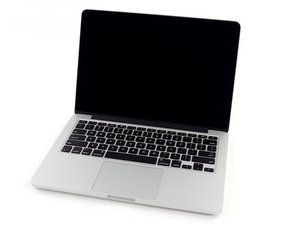This will depend on what the actual problem is with the hard disk. for example, if the drive will not spin at all then you will probably need to send it in to a shop for data retrieval. (the one exception to this is, sometimes you can lay the drive on on a clean flat surface - carefully spin the drive and then stop it being careful not to bang it hard. sometimes this will brake the platters free that are inside the drive so they start spinning again). If you try this you will need to make sure you have a place to copy all the files you want as the drives don't last long after doing this usually.
The other possibility is that the Boot sectors on the drive have gone bad thus causing your machine not to boot. If this is the case then you will be able to connect the failing drive to another mac and you should be able to read the data on the bad drive from the other mac. If this works, again you want to have a place you can copy those files off and save them asap as there is no telling how long the drive will last.
In order to do this you will need to get your hands on a USB drive caddy - the are cheap https://www.amazon.com/Inateck-External-...
you simply place your bad drive in it and plug the caddy in to another mac and if your in luck the mac should see it as another drive.
With all that said, there are many ways a hard disk can go bad so these two options might not address the issue but its worth a try. Neither option will preclude you from sending the drive to a data retrieval service.
One last comment, I am very paranoid about loosing any data so I always back up my data several ways. I use a local flashdrive to backup just my data files (you can always re install apps) and on top of that I have used both Carbonite and iDrive to backup my data to the cloud. At the very least use a cloud based backup so your data is constantly protected in case you lose the laptop or whatever happens.
P.S. Mac's have an outstanding backup program called time machine, just make sure you use it with some other external kind of drive.
I hope that helps
War diese Antwort hilfreich?
Bewertet
Rückgängig machen
Bewertung
1
Abbrechen
Schau durch den Thread, bis du den richtigen Platz für diesen Kommentar gefunden hast. Klicke dann auf "Den Kommentar diesem Post zuordnen", um ihn zu verschieben.



 35
35  329
329  970
970
1 Kommentar
Can you tell us a bit more here what is the size of the system 13 or 15" and is it an early or late 2013 as Apple changed things between them.
von Dan